
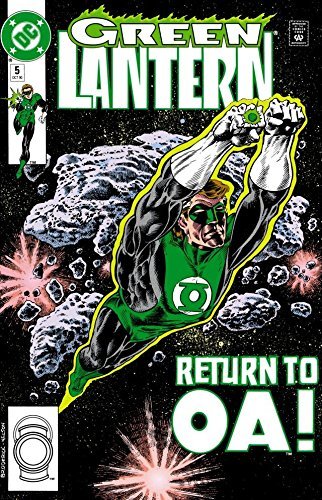
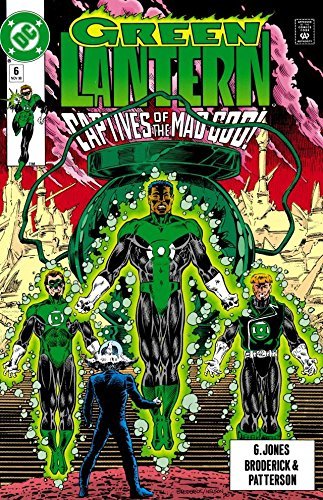
Books in series

Green Lantern (1990-2004) #3
1990

Green Lantern (1990-2004) #5
1990

Green Lantern (1990-2004) #6
1990
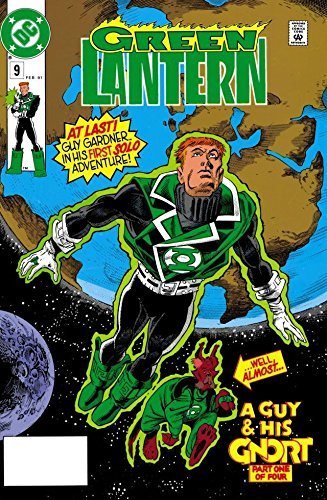
Green Lantern (1990-2004) #9
1961

Green Lantern (1990-2004) #11
1991
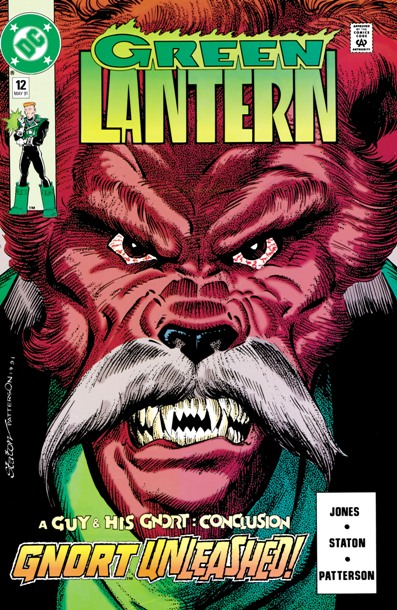
Green Lantern (1990-2004) #12
1991
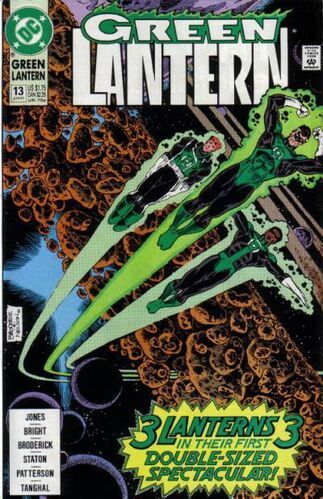
Green Lantern (1990-2004) #13
2025

Green Lantern (1990-2004) #14
1991

Green Lantern (1990-2004) #15
1991

Green Lantern (1990-2004) #16
1991

Green Lantern (1990-2004) #17
1991

Green Lantern (1990-2004) #18
1991

Green Lantern (1990-2004) #21
1992

Green Lantern (1990-2004) #22
1992

Green Lantern (1990-2004) #23
1992

Green Lantern (1990-2004) #24
1992

Green Lantern (1990-2004) #25
1970

Green Lantern (1990-2004) #26
1992

Green Lantern (1990-2004) #28
1992

Green Lantern (1990-2004) #34
1992

Green Lantern (1990-2004) #35
1992

Green Lantern (1990-2004) #38
1992

Green Lantern (1990-2004) #39
1965

Green Lantern (1990-2004) #40
1993

Green Lantern (1990-2004) #41
1993

Green Lantern (1990-2004) #44
1960

Green Lantern 80 Years of the Emerald Knight
2020

Green Lantern (1990-2004) #76
1996
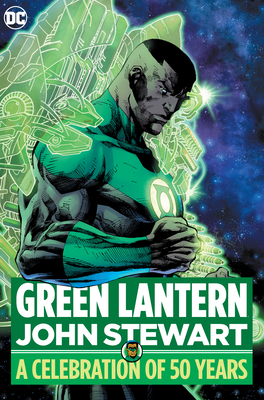
Green Lantern John Stewart
A Celebration of 50 Years
2021

The Final Night
1996

Green Lantern (1994-2004) #90
1997
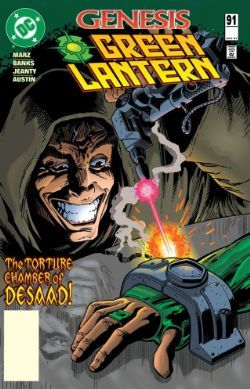
Green Lantern (1990-2004) #91
1997
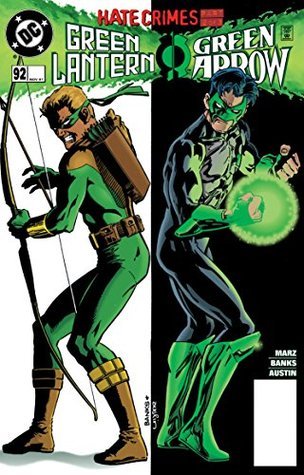
Green Lantern (1990-2004) #92
1997
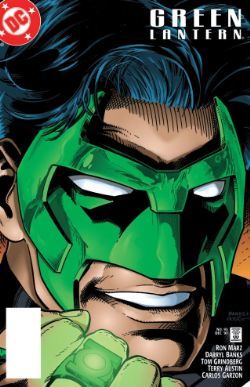
Green Lantern (1990-2004) #93
1997
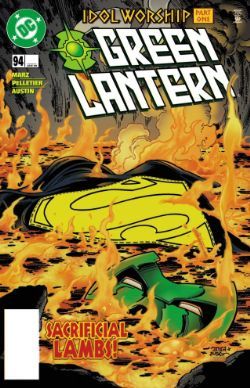
Green Lantern (1990-2004) #94
1997
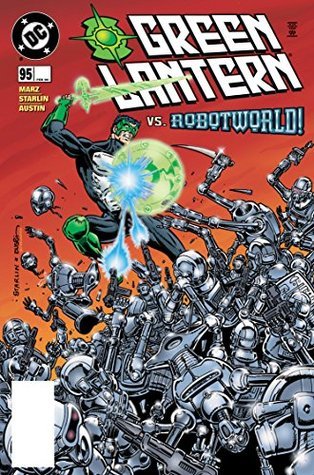
Green Lantern (1990-2004) #95
1997
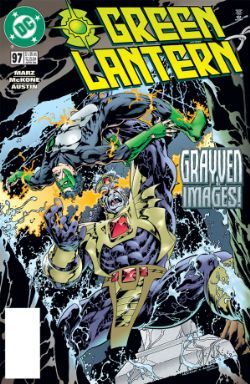
Green Lantern (1990-2004) #97
1998
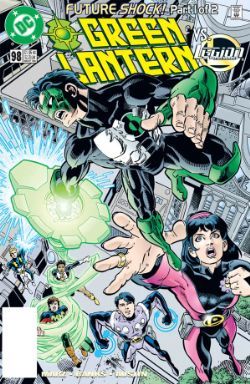
Green Lantern (1990-2004) #98
1998
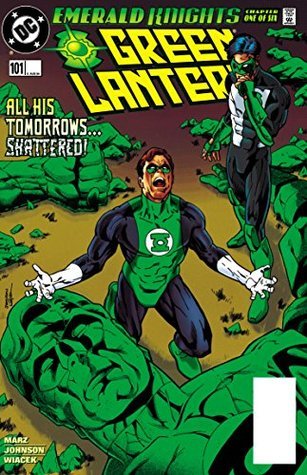
Green Lantern (1990-2004) #101
1998
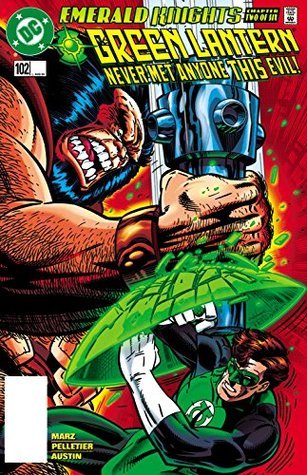
Green Lantern (1990-2004) #102
1998
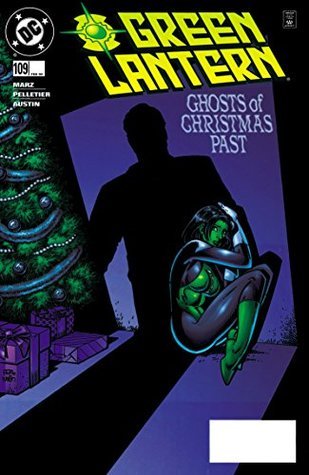
Green Lantern (1990-2004) #109
1998
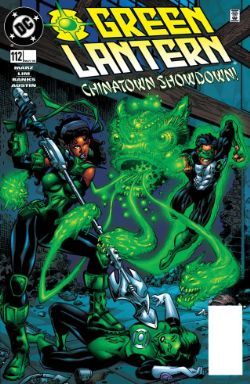
Green Lantern (1990-2004) #112
1999
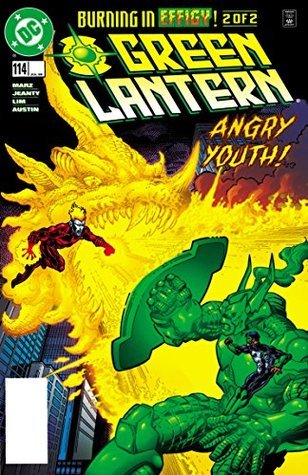
Green Lantern (1990-2004) #114
1999
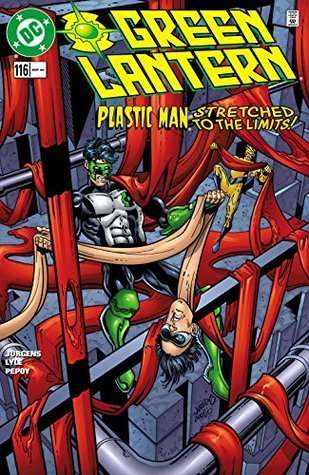
Green Lantern (1990-2004) #116
1999
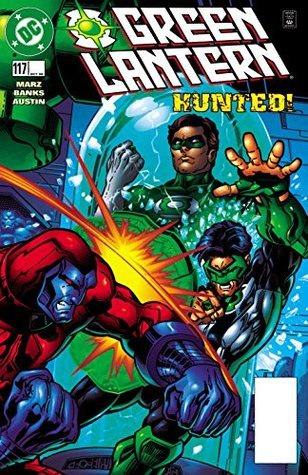
Green Lantern (1990-2004) #117
1999
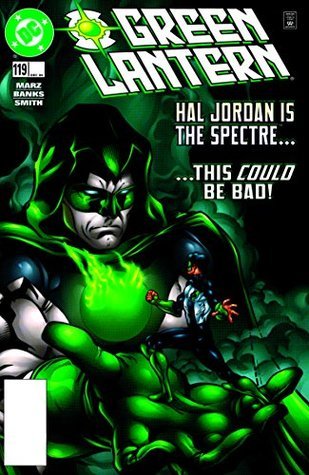
Green Lantern (1990-2004) #119
1999
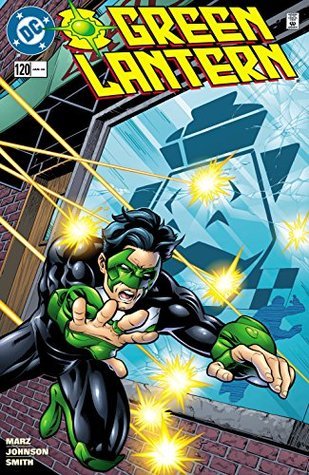
Green Lantern (1990-2004) #120
1999
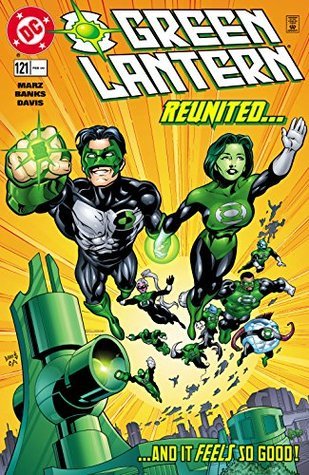
Green Lantern (1990-2004) #121
1999
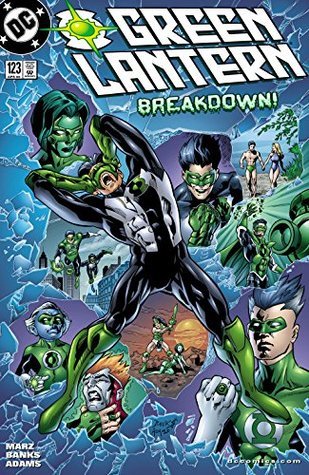
Green Lantern (1990-2004) #123
2000
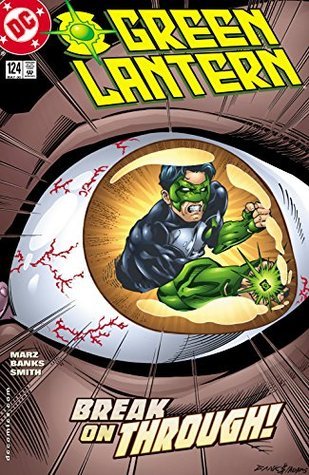
Green Lantern (1990-2004) #124
2000
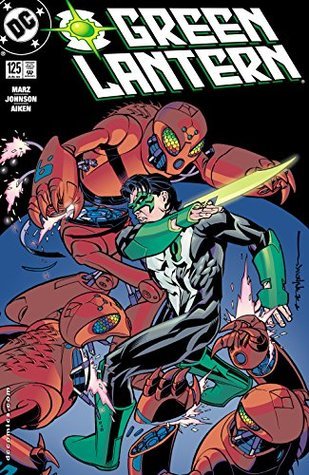
Green Lantern (1990-2004) #125
2000
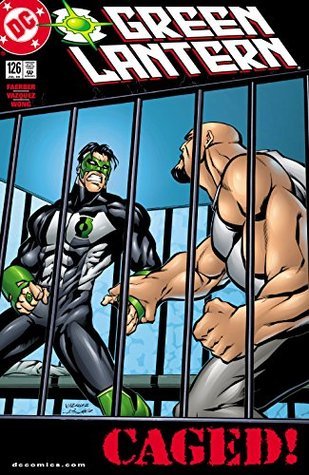
Green Lantern (1990-2004) #126
2000
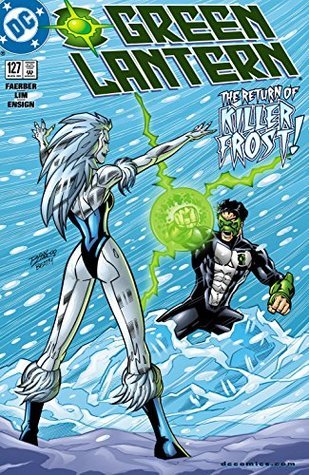
Green Lantern (1990-2004) #127
2000
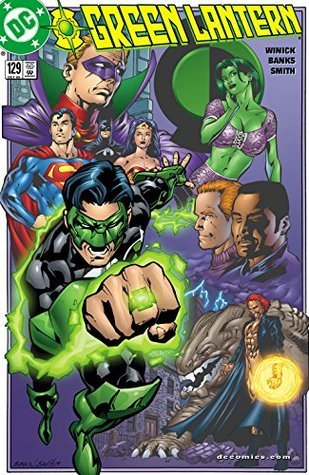
Green Lantern (1990-2004) #129
2000
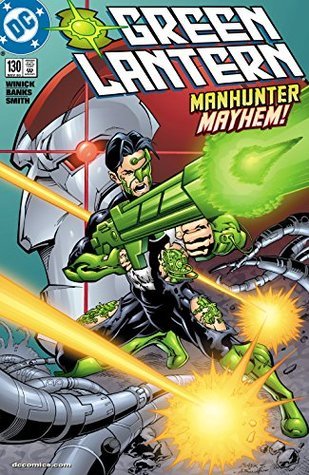
Green Lantern (1990-2004) #130
2000
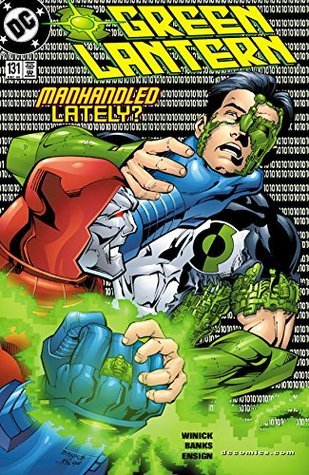
Green Lantern (1990-2004) #131
2000
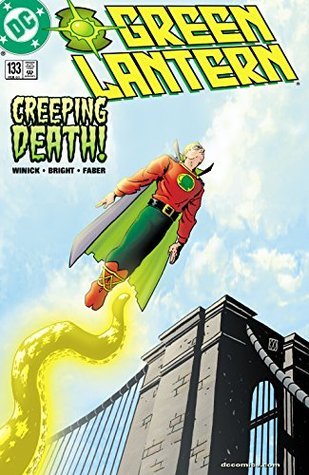
Green Lantern (1990-2004) #133
2000
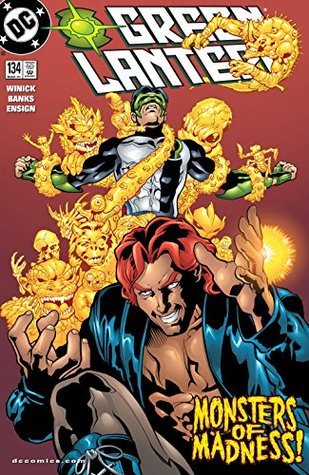
Green Lantern (1990-2004) #134
2001
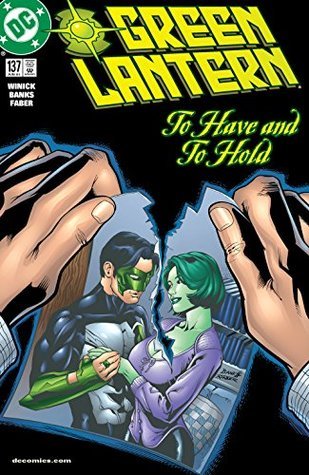
Green Lantern (1990-2004) #137
2001
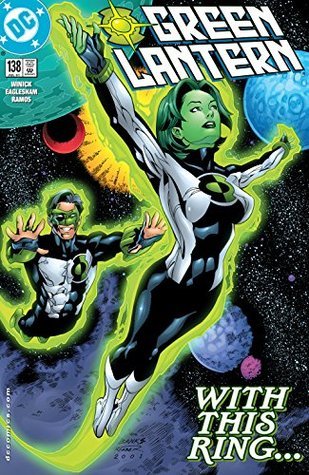
Green Lantern (1990-2004) #138
2001

Green Lantern (1990-2004) #139
2001

Green Lantern (1990-2004) #140
2001
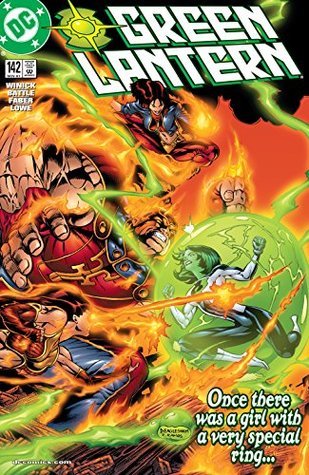
Green Lantern (1990-2004) #142
2001
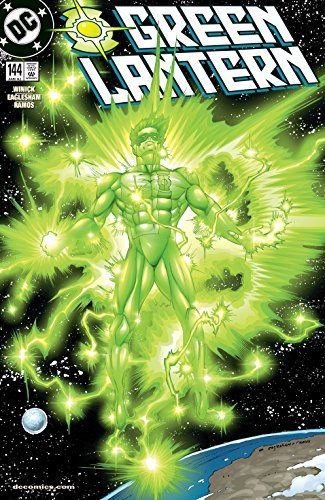
Green Lantern (1990-2004) #144
2001
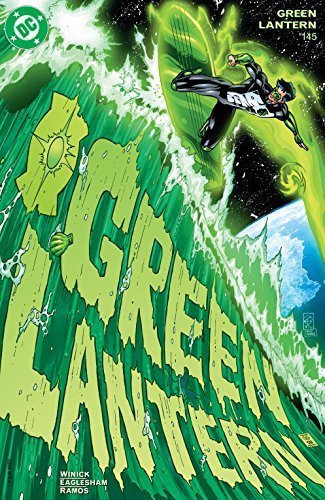
Green Lantern (1990-2004) #145
2001
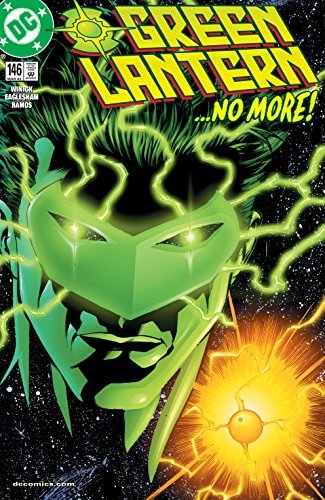
Green Lantern (1990-2004) #146
2002
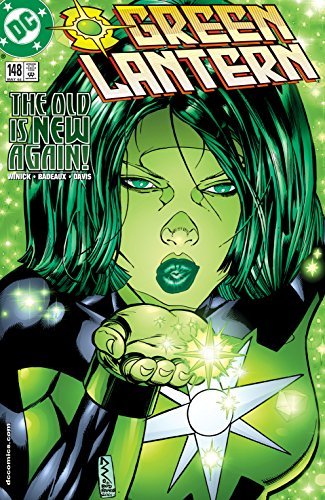
Green Lantern (1990-2004) #148
2002
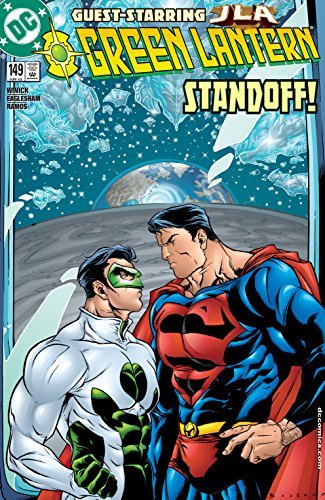
Green Lantern (1990-2004) #149
2002
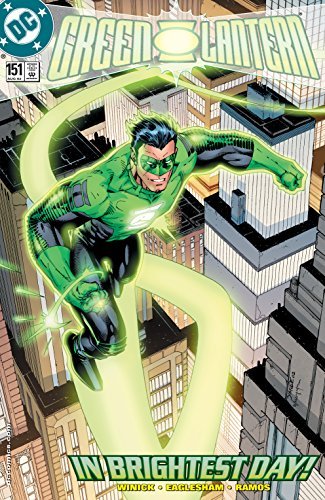
Green Lantern (1990-2004) #151
2002
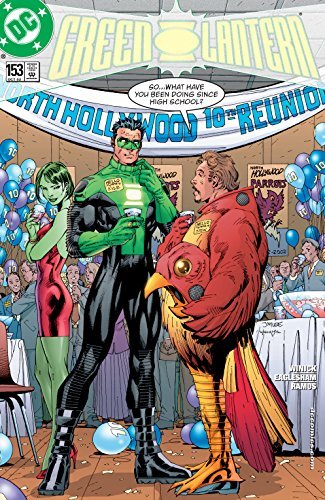
Green Lantern (1990-2004) #153
2002
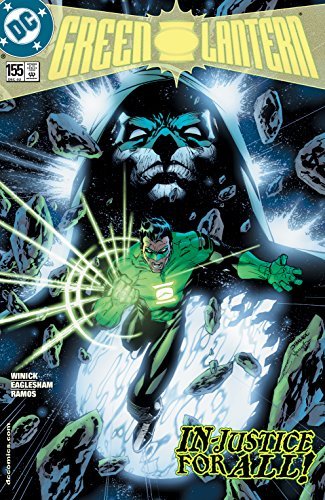
Green Lantern (1990-2004) #155
2002
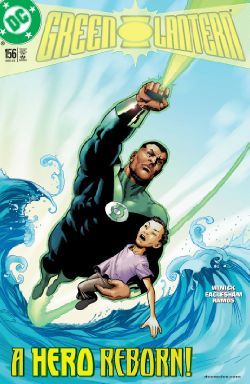
Green Lantern (1990-2004) #156
2002
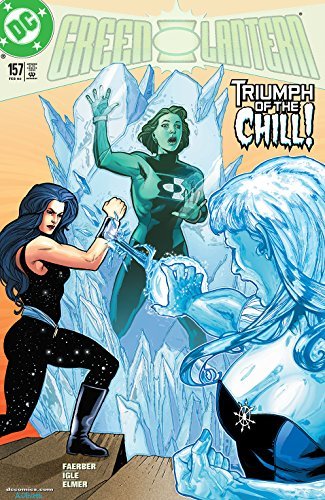
Green Lantern (1990-2004) #157
2002
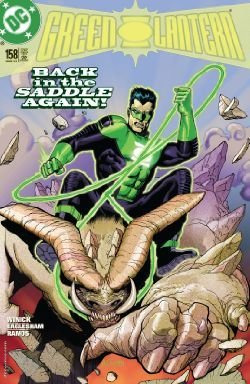
Green Lantern (1990-2004) #158
2003
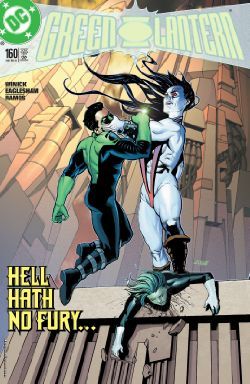
Green Lantern (1990-2004) #160
2003
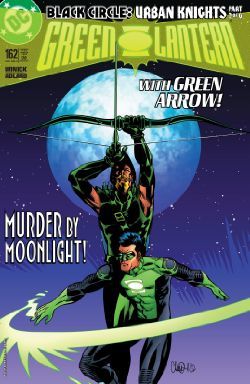
Green Lantern (1990-2004) #162
2003
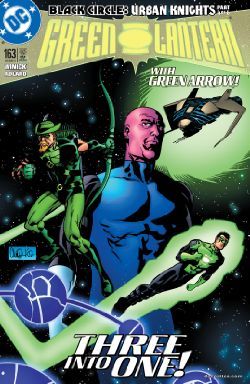
Green Lantern (1990-2004) #163
2003
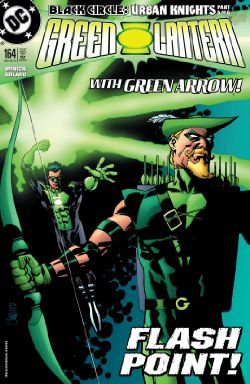
Green Lantern (1990-2004) #164
2003
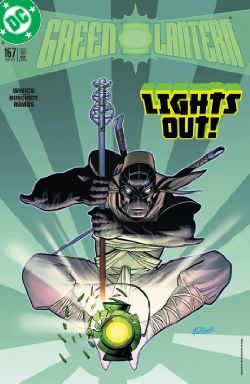
Green Lantern (1990-2004) #167
2003
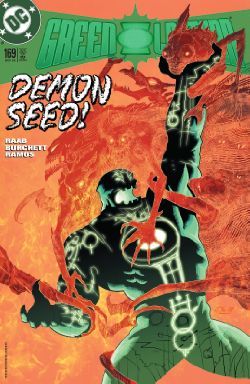
Green Lantern (1990-2004) #169
2003
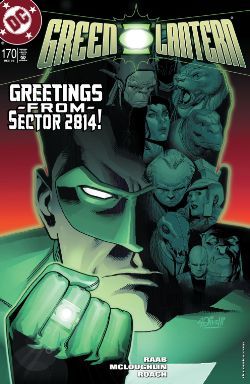
Green Lantern (1990-2004) #170
2003
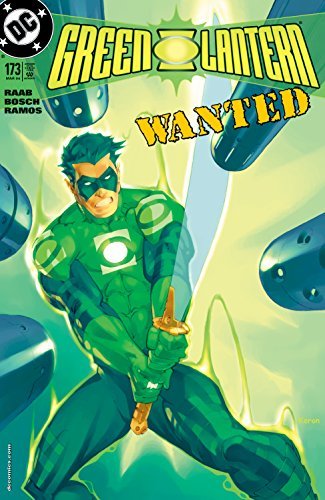
Green Lantern (1990-2004) #173
2004
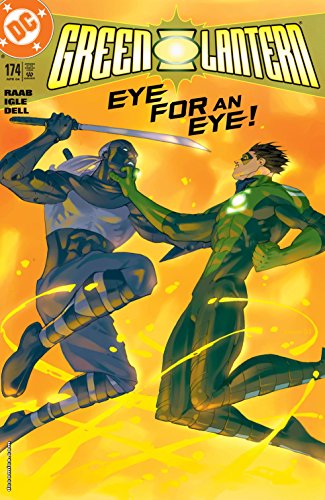
Green Lantern (1990-2004) #174
2004
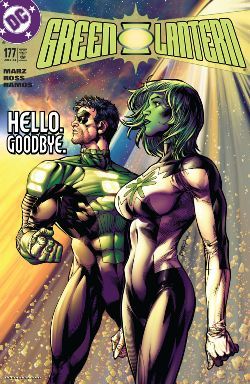
Green Lantern (1990-2004) #177
2004
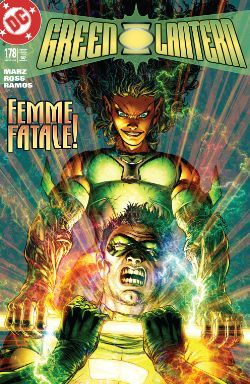
Green Lantern (1990-2004) #178
2004
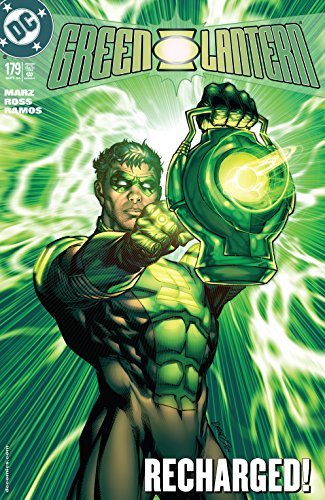
Green Lantern (1990-2004) #179
2004
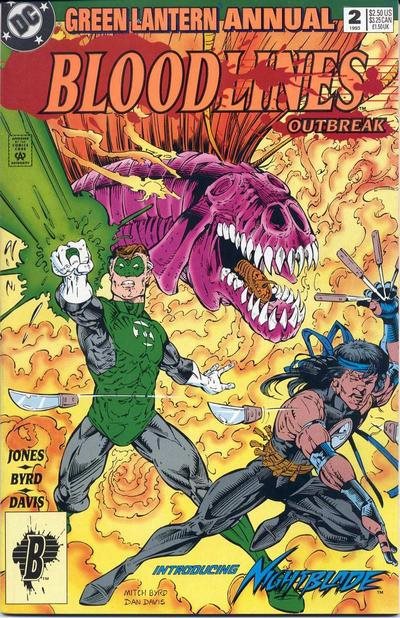
Green Lantern (1990-2004) Annual #2
2025
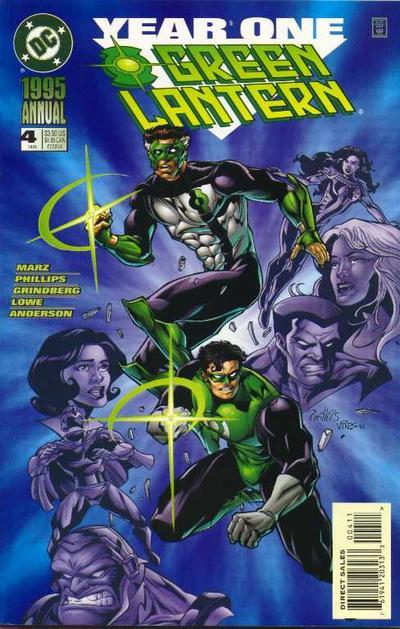
Green Lantern (1990-2004) Annual #4
1995
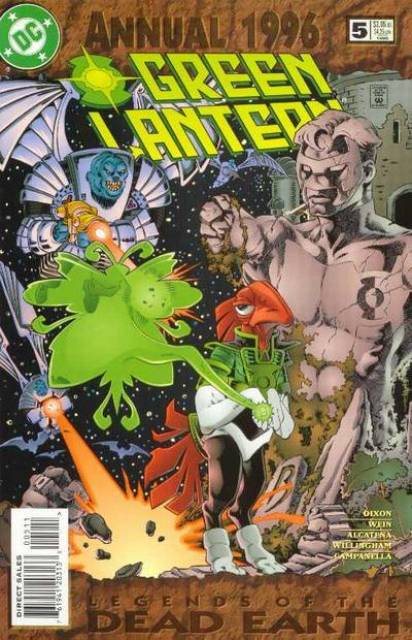
Green Lantern (1990-2004) Annual #5
1996
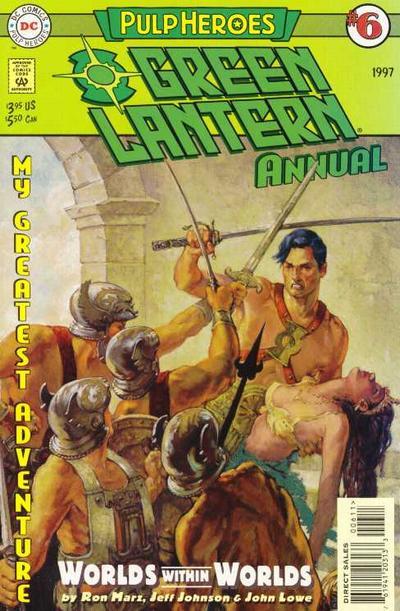
Green Lantern (1990-2004) Annual #6
1997
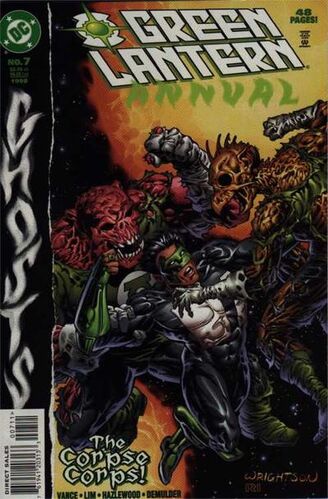
Green Lantern Annual (1990-2004) #7
1998
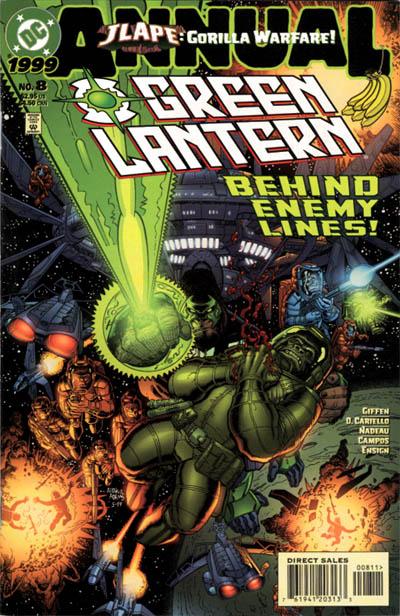
Green Lantern (1990-2004) Annual #8
1999
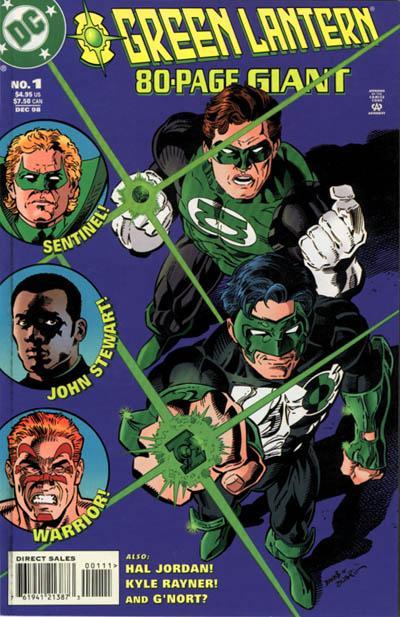
Green Lantern 80-Page Giant (1998-) #1
1998
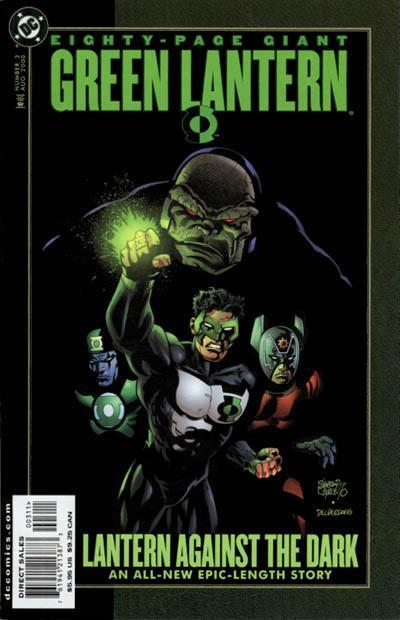
Green Lantern 80-Page Giant (1998-) #3
2000

Green Lantern
Emerald Twilight/New Dawn
2003

Green Lantern Emerald Knights
1998
Authors
Len Wein was an American comic book writer and editor best known for co-creating DC Comics' Swamp Thing and Marvel Comics' Wolverine, and for helping revive the Marvel superhero team the X-Men (including the co-creation of Nightcrawler, Storm, and Colossus). Additionally, he was the editor for writer Alan Moore and illustrator Dave Gibbons' influential DC miniseries Watchmen. Wein was inducted into the Will Eisner Comic Book Hall of Fame in 2008.

Dan Jurgens is an American comic book writer and artist. He is best known for creating the superhero Booster Gold, and for his lengthy runs on the Superman titles Adventures of Superman and Superman (vol. 2), particularly during The Death of Superman storyline. Other series he has been associated with include The Sensational Spider-Man (Vol. 1), Thor (vol. 2), Captain America (vol. 3), Justice League America, Metal Men, Teen Titans (vol. 2), Zero Hour, Tomb Raider: The Series, Aquaman (vol. 3), and the creator of DC Comics' imprint Tangent. Jurgens' first professional comic work was for DC Comics on Warlord #63. He was hired due to a recommendation of Warlord-series creator Mike Grell who was deeply impressed by Jurgens' work after being shown his private portfolio at a convention. In 1984, Jurgens was the artist for the Sun Devils limited series (July 1984 - June 1985), with writers Gerry Conway and Roy Thomas. Jurgens would make his debut as a comic book writer with Sun Devils he began scripting from Conway's plots with #8 and fully took over the writing duties on the title with #10. In 1985, Jurgens created the character Booster Gold, who became a member of the Justice League. His first work on Superman was as penciller for Adventures of Superman Annual #1 (1987). In 1989, Jurgens began working full-time on the character when he took over the writing/pencilling of the monthly Adventures of Superman. Dan Jurgens was the penciller of the 1990–1991 limited series Armageddon 2001 and co-created the hero Waverider with Archie Goodwin. In 1991 Jurgens assumed the writing/pencilling of the main Superman comic book, where he created a supporting hero named Agent Liberty. During his run on Superman, Dan created two major villains, Doomsday and the Cyborg. Doomsday was the main antagonist in the Death of Superman storyline. Jurgens wrote and drew Justice League America for about one year and in 1993 pencilled the Metal Men four-issue miniseries, which was a retcon of their origin story. Jurgens wrote and pencilled the 1994 comic book miniseries and crossover Zero Hour. He wrote and penciled layouts (with finished art by Brett Breeding) to the Superman/Doomsday: Hunter/Prey miniseries, which was a follow-up to the successful Death of Superman storyline. In 1995 Jurgens and Italian artist Claudio Castellini worked on the highly publicized crossover Marvel vs DC. In the same year, he gave up the pencilling duties on Superman. Jurgens scripted and provided layout art for the Superman vs. Aliens miniseries. The story was about a battle between Superman and the aliens created by H. R. Giger (a.k.a. the Xenomorphs), from the Alien film series. It was co-published by Dark Horse Comics and DC Comics in 1995. In January 1996, Jurgens was writer and penciller of the new Spider-Man series, The Sensational Spider-Man (Vol. 1), at Marvel Comics. The title was initially conceived to be the flagship showcase for the new Ben Reilly Spider-Man (it replaced the Web of Spider-Man series). The initial seven issues (#0–6, January–July 1996) were written and pencilled by Jurgens. Jurgens pushed strongly for the restoration of Peter Parker as the true Spider-Man and plans were made to enact this soon, but Bob Harras, the new Editor-in-chief, demanded the story be deferred until after the Onslaught crossover. Jurgens had by this stage become disillusioned with the immense amount of group planning and constant changes of ideas and directions and took this as the last straw, resigning from the title. In a past interview several years after his Spider-Man run, Jurgens stated that he would like to have another chance on the character, since his run was with the Ben Reilly character during the Spider-Man Clone Saga, and not Peter Parker. Jurgens had also written and pencilled Teen Titans (vol. 2) for its entire two year, 24 issue run. New Teen Titans co-creator George Pérez came on board on this incarnation of the Titans as inker for the se

Born February 12th, 1970 and raised on Long Island in New York, Judd began cartooning professionally at 16 with a single-paneled strip called Nuts & Bolts. This ran weekly through Anton Publications, a newspaper publisher that produced town papers in the Tri state area. He was paid 10 dollars a week. In August of 1988, Judd began attending the University of Michigan, Ann Arbor bringing Nuts & Bolts with him, but turning it into a four-panel strip and creating a cast of characters to tell his tales. Nuts & Bolts ran in The Michigan Daily 5 days a week from my freshman year (freshperson, or first-year student, as they liked to say at U of M), until graduation in the spring of 1992. A collection of those college years Nuts & Bolts was published in Ann Arbor. Watching the Spin-Cycle: the Nuts & Bolts collection had a small run of a thousand books a couple of months before graduation. They sold out in about 2 weeks and there are no plans to republish it. Before graduation he accepted a development deal with a major syndicate (syndicates are the major league baseball of comic strips. They act as an agent or broker and sell comic strips to newspapers). Judd spent the next year living in Boston, and developing his strip. The bottom dropped out when the syndicate decided that they were not going to pursue Nuts and Bolts for syndication and were terminating his development contract. Crushed and almost broke, he moved back in with his parents in July 1993. Getting by doing spot illustration jobs, Judd actually had Nuts & Bolts in development with Nickelodeon as an animated series. At one point he even turned the human characters into mice (Young Urban Mice and Rat Race were the working titles). In August of 1993 he saw an ad on MTV for The Real World III, San Francisco. For those who may not know, The Real World is a real-life documentary soap opera, where 7 strangers from around the country are put up in a house and filmed for six months. You get free rent, free moving costs, you get to live in San Francisco, and get to be a famous pig on television. The "Audition process," was everything from doing a video, to filling out a 15 page application, to in-person interviews with the producers, to being followed around and filmed for a day. 6 months and 6 "levels" later, Judd was in. On February 12th 1993, he moved into a house on Russian Hill and they began filming. Along the way Nuts & Bolts was given a weekly spot in the San Francisco Examiner. This WHOLE deal was filmed and aired for the show. They moved out in June of 1994, a couple of days after O.J.'s Bronco chase in L.A. The show began airing a week later. Along with the weekly San Francisco Examiner gig, Judd began doing illustrations for The Complete Idiot's Guide series through QUE Books. Since then, Judd has illustrated over 300 Idiot's Guides and still does the cartoons for the computer oriented Idiot's Guides line. A collection of the computer related titles' cartoons was published in 1997 as Terminal Madness, The Complete Idiot's Guide Computer Cartoon Collection. Not too long after the show had been airing, Judd's roommate from the show and good friend, AIDS activist Pedro Zamora, took ill from AIDS complications. Pedro was to begin a lecture tour in September. Judd agreed to step in and speak on his behalf until he was well enough to do so again. In August of 1994, Pedro checked into a hospital and never recovered. Pedro passed away on November 11, 1994. He was 22. Judd continued to lecture about Pedro, Aids education and prevention and what it's like to live with some one who is living with AIDS for most of 1995. Speaking at over 70 schools across the country, Judd describes it as, "...the most fulfilling and difficult time in my life." But time and emotional constraints forced him to stop lecturing. In May of 1995 Judd found the weekly Nuts & Bolts under-whelming and decided to give syndication another go. Re-vamping Nuts & Bolts


Charles "Chuck" Dixon is an American comic book writer, perhaps best-known for long runs on Batman titles in the 1990s. His earliest comics work was writing Evangeline first for Comico Comics in 1984 (then later for First Comics, who published the on-going series), on which he worked with his then-wife, the artist Judith Hunt. His big break came one year later, when editor Larry Hama hired him to write back-up stories for Marvel Comics' The Savage Sword of Conan. In 1986, he began working for Eclipse Comics, writing Airboy with artist Tim Truman. Continuing to write for both Marvel and (mainly) Eclipse on these titles, as well as launching Strike! with artist Tom Lyle in August 1987 and Valkyrie with artist Paul Gulacy in October 1987, he began work on Carl Potts' Alien Legion series for Marvel's Epic Comics imprint, under editor Archie Goodwin. He also produced a three-issue adaptation of J. R. R. Tolkien's The Hobbit for Eclipse with artist David Wenzel between 1989 and 1990, and began writing Marc Spector: Moon Knight in June 1989. His Punisher OGN Kingdom Gone (August, 1990) led to him working on the monthly The Punisher War Journal (and later, more monthly and occasional Punisher titles), and also brought him to the attention of DC Comics editor Denny O'Neil, who asked him to produce a Robin mini-series. The mini proved popular enough to spawn two sequels - The Joker's Wild (1991) and Cry of the Huntress (1992) - which led to both an ongoing monthly series (which Dixon wrote for 100 issues before leaving to work with CrossGen Comics), and to Dixon working on Detective Comics from #644-738 through the major Batman stories KnightFall & KnightsEnd (for which he helped create the key character of Bane), DC One Million, Contagion, Legacy, Cataclysm and No Man's Land . Much of his run was illustrated by Graham Nolan. He was DC's most prolific Batman-writer in the mid-1990s (rivalled perhaps in history by Bill Finger and Dennis O'Neil) - in addition to writing Detective Comics he pioneered the individual series for Robin, Nightwing (which he wrote for 70 issues, and returned to briefly with 2005's #101) and Batgirl, as well as creating the team and book Birds of Prey . While writing multiple Punisher and Batman comics (and October 1994's Punisher/Batman crossover), he also found time to launch Team 7 for Jim Lee's WildStorm/Image and Prophet for Rob Liefeld's Extreme Studios. He also wrote many issues of Catwoman and Green Arrow, regularly having about seven titles out each and every month between the years 1993 and 1998. In March, 2002, Dixon turned his attention to CrossGen's output, salthough he co-wrote with Scott Beatty the origin of Barbara Gordon's Batgirl in 2003's Batgirl: Year One. For CrossGen he took over some of the comics of the out-going Mark Waid, taking over Sigil from #21, and Crux with #13. He launched Way of the Rat in June 2002, Brath (March '03), The Silken Ghost (June '03) and the pirate comic El Cazador (Oct '03), as well as editing Robert Rodi's non-Sigilverse The Crossovers. He also wrote the Ruse spin-off Archard's Agents one-shots in January and November '03 and April '04, the last released shortly before CrossGen's complete collapse forced the cancellation of all of its comics, before which Dixon wrote a single issue of Sojourn (May '04). Dixon's Way of the Rat #24, Brath #14 and El Cazador #6 were among the last comics released from the then-bankrupt publisher. On June 10, 2008, Dixon announced on his forum that he was no longer "employed by DC Comics in any capacity."


Gerard Jones is an award-winning American author and comic book writer. From 1987 to 2001, Jones wrote many comic books for Marvel Comics, DC Comics, Dark Horse Comics, Viz Media, Malibu Comics and other publishers; including Green Lantern, Justice League, Prime, Ultraforce, El Diablo, Wonder Man, Martian Manhunter, Elongated Man, The Shadow, Pokémon, and Batman. Jones is author of the Eisner Award-winning Men of Tomorrow: Geeks, Gangsters, and the Birth of the Comic Book (2004); Killing Monsters: Why Children Need Fantasy, Superheroes and Make-Believe Violence (2002), and Honey I'm Home: Sitcoms Selling the American Dream (1993). Jones is co-author with Will Jacobs of The Beaver Papers (1983), The Comic Book Heroes (1985, 1996), and the comic book The Trouble with Girls (1987-1993). From 1983 to 1988, Jacobs and Jones were contributors to National Lampoon magazine. He and Jacobs began writing humorous fiction again in 2008 with the online series My Pal Splendid Man and Million Dollar Ideas
Marz is well known for his work on Silver Surfer and Green Lantern, as well as the Marvel vs DC crossover and Batman/Aliens. He also worked on the CrossGen Comics series Scion, Mystic, Sojourn, and The Path. At Dark Horse Comics he created Samurai: Heaven and Earth and various Star Wars comics. He has also done work for Devil’s Due Publishing’s Aftermath line, namely Blade of Kumori. In 1995, he had a brief run on XO-Manowar, for Valiant Comics. Marz’s more recent works includes a number of Top Cow books including Witchblade and a Cyberforce relaunch. For DC Comics, he has written Ion, a 12 part comic book miniseries that followed the Kyle Rayner character after the One Year Later event, and Tales of the Sinistro Corps Presents: Parallax and Tales of the Sinestro Corps Presents: Ion, two one-shot tie-ins to the Green Lantern crossover, The Sinestro Corps War. His current creator owned projects include “Dragon Prince” (Top Cow) and “Samurai : Heaven and Earth” (Dark Horse). Photo by Luigi Novi.

Geoff Johns originally hails from Detroit, Michigan. He attended Michigan State University, where he earned a degree in Media Arts and Film. He moved to Los Angeles in the late 1990s in search of work within the film industry. Through perseverance, Geoff ended up as the assistant to Richard Donner, working on Conspiracy Theory and Lethal Weapon 4. During that time, he also began his comics career writing Stars and S.T.R.I.P.E. and JSA (co-written with David S. Goyer) for DC Comics. He worked with Richard Donner for four years, leaving the company to pursue writing full-time. His first comics assignments led to a critically acclaimed five-year run on the The Flash. Since then, he has quickly become one of the most popular and prolific comics writers today, working on such titles including a highly successful re-imagining of Green Lantern, Action Comics (co-written with Richard Donner), Teen Titans, Justice Society of America, Infinite Crisis and the experimental breakout hit series 52 for DC with Grant Morrison, Greg Rucka and Mark Waid. Geoff received the Wizard Fan Award for Breakout Talent of 2002 and Writer of the Year for 2005, 2006, 2007, and 2008 as well as the CBG Writer of the Year 2003 thru 2005, 2007 and CBG Best Comic Book Series for JSA 2001 thru 2005. Geoff also developed BLADE: THE SERIES with David S. Goyer, as well as penned the acclaimed “Legion” episode of SMALLVILLE. He also served as staff writer for the fourth season of ROBOT CHICKEN. Geoff recently became a New York Times Bestselling author with the graphic novel Superman: Brainiac with art by Gary Frank.

William "Bill" Finger was an American comic strip and comic book writer best known as the uncredited co-creator, with Bob Kane, of the DC Comics character Batman, as well as the co-architect of the series' development. In later years, Kane acknowledged Finger as "a contributing force" in the character's creation. Comics historian Ron Goulart, in Comic Book Encyclopedia, refers to Batman as the "creation of artist Bob Kane and writer Bill Finger", and a DC Comics press release in 2007 about colleague Jerry Robinson states that in 1939, "Kane, along with writer Bill Finger, had just created Batman for [DC predecessor] National Comics". Film and television credits include scripting The Green Slime (1969), Track of the Moon Beast (1976), and three episodes of 77 Sunset Strip. -Wikipedia
